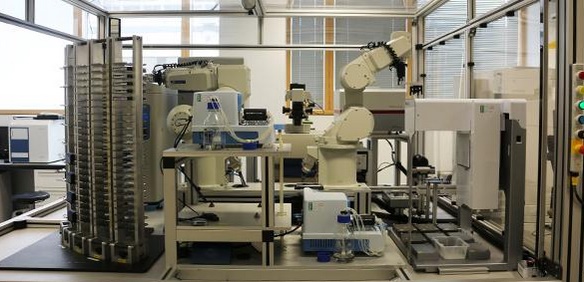Well if you are curious enough to know about EVE. She is Adam’s predecessor. Well that does not meet your answer, right? She is a faster and cheaper robotic scientist developed by researchers from the Universities of Aberystwyth and Cambridge who made similar creation back in 2009 as Adam. No doubt, Eve is smarter but equally she is faster enough to scan over 10,000 compounds a day, a way impossible than human’s capabilities. And now this around $1 million worth robotic scientist is on the limelight for her discovery on viable candidates for malaria drug in a recent test conducted by Professor Ross King from the University of Manchester and his colleagues.

King said: “Every industry now benefits from automation and science is no exception. Bringing in machine learning to make this process intelligent — rather than just a ‘brute force’ approach — could greatly speed up scientific progress and potentially reap huge rewards.”
Eve has been created to automate the early stages for drug design and she scans the compounds through a smart screening system based on genetically engineered yeast. Eve compared assays targeting key molecules in parasites responsible for these diseases with a library of approximately 1,500 clinically approved compounds. The Royal Society journal published Eve’s discovery on a compound can block DHFR, a key molecule found in malaria parasite and can be targeted in the treatment of cancer. Eve has not only been able to identify promising new candidates for malaria but also neglected tropical diseases such as African sleeping sickness and Chagas’ disease. Eve could eventually change the fate of pharmaceutical industry that is facing hard times for new drugs fast enough. Eve is young, and to go through more upgrades and modifications and help the scientists and industries in larger span.
“Despite extensive efforts, no one has been able to find a new antimalarial that targets DHFR and is able to pass clinical trials,” said Ross King. He also added “Eve’s discovery could be even more significant than just demonstrating a new approach to drug discovery.”







Leave a Reply